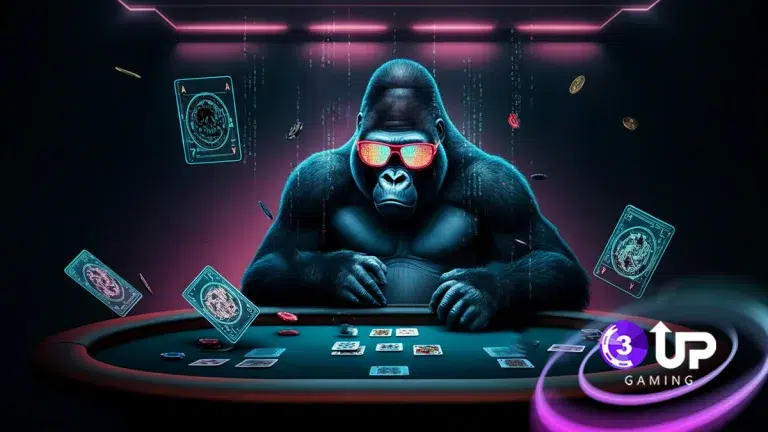Can Poker AI Predict Your Bluff? Nothing equals the thrill of a successful bluff. That is the time when poker transforms into a true art; I mean a mental battle in which you tell a story of power while in fact your hand is weak.
Is the feeling of mastery going away? Does the machine really have the ability to tell when you’re bluffing? We’re beyond just reading the games here, we’re talking about poker AI bluff detection.
This is a matter of technical curiosity, but also of great concern to anyone who plays online. Since the AI Poker breakthrough, guaranteeing a win requires understanding what the complex algorithms are capable of. Presently, we are facing that new reality of artificial intelligence poker, and we have to see how we may adapt.
The Development of AI in Poker
If you think that modern poker AI is just a better calculator, you’d be missing the entire story. The growth of artificial intelligence poker is very quick.
Early poker bots ran on predetermined rules which were easy to exploit. They were predictable and simple.
Then came the true game changers. Systems like DeepStack and Libratus marked a breakthrough in the world of AI poker breakthrough by way of Deep Reinforcement Learning.
What this means is that AI is not limited to calculation; rather, by playing out billions of games against itself, it learns.
It has developed a near perfect understanding of Game Theory Optimal (GTO) play and uses that knowledge to identify and take advantage of human mistakes. Is the question, “can AI beat poker pros,” the core capability that these programs have proven in Heads-up No-limit Hold’em?
This is no longer a joke, it is a serious force which demands our respect, and maybe just a little bit of caution. Can AI predict bluffs in poker?
How Poker AI Detects Human Patterns
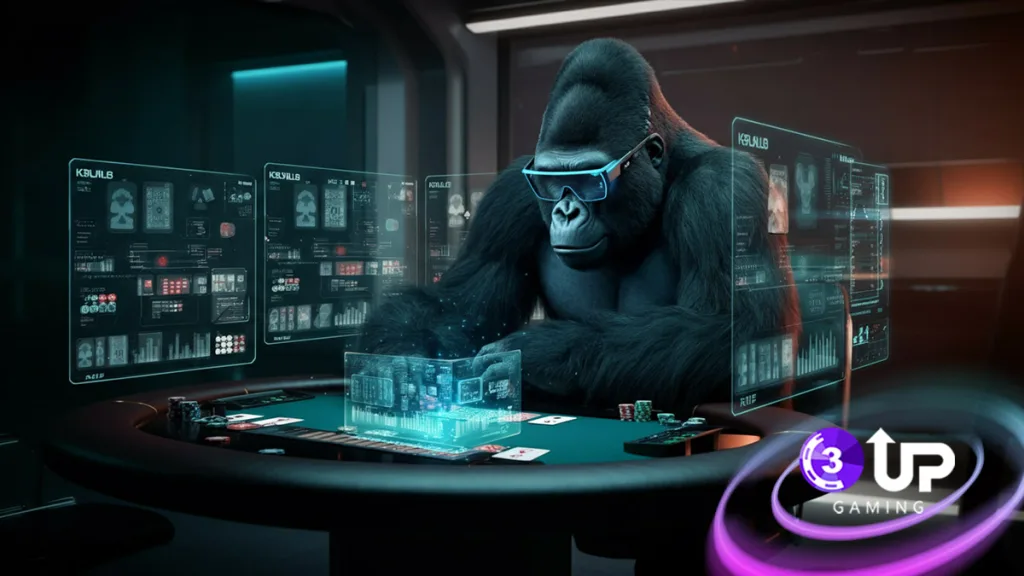
The base of today’s poker AI bluff detection is digital data and pattern recognition. How does the machine look beyond your polished story and into your true tell? It is in the data. The AI uses poker bot behavior analysis to develop a very detailed continuous profile of each player. What data does poker AI use to predict bluffs? Think of the AI as a very alert speed camera which is recording every move you make:
- Action Timing: Do at 1.2 seconds you call every strong hand, but with a marginal one it is 5 seconds? The AI notes.
- Bet Sizing: Are you always putting out 60% of the pot with your bluffs and do your value bets vary? That’s a large pattern which it can exploit.
- Mouse Movement: Sure, here you go: Even your cursor’s movement speed and location are recorded.
So, can AI predict bluffs in poker? What I think is of great import here is that all of your actions at the table are logged, stored, and analyzed.
Bluff Detection: Algorithm and Data Analysis Breakdown
Prediction is out of the question for intuition; what we have is deviation and probability. These are the key metrics in poker AI bluff detection:
- Frequency Analysis: How much of the time do you put action in certain situations against the GTO mark.
- Deviation Scores: How much your average bet size deviates from a perfect balance.
- Pattern Recognition: Identifying patterns that repeat and exploit a system in a large sample size of hands.
Machine Learning Models Predict Risky Moves?
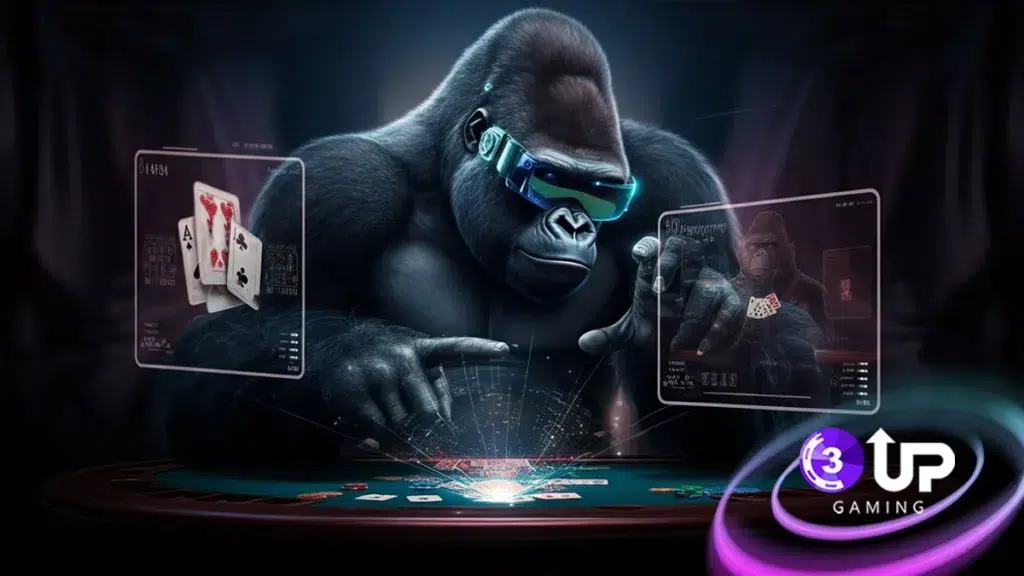
We use complex machine learning bluff prediction systems which are trained on millions of hands. These models assess hundreds of variables, like board texture and action history, to predict your real hand’s real power.
They classify each move to high values, marginal, or bluff. If a player profile shows that in a case that GTO says you’re bluffing 35%, you’re doing it 15%, the model understands that your big bet is possibly worth.
This is how an advanced software can recognize confidentially: Can AI predict bluffs in poker with such accuracy? This optimized and wide statistic is the thing that makes human players vulnerable.
Examples of AI Detecting Bluffs in the Real World
It is simple to speak about algorithms but in the heat of action how that plays out is different. This example presents the truth. Imagine a player we’ll put forward to be named Mark which is that he generally does actions in a 3 second range.
Mark goes all in on a giant river bet with nothing in his hand. Also he hits the “Bet” button at break neck speed. By human eye the change may not be noticed under stress, but advanced poker AI bluff detection software charts his action instantly.
| Mark’s Habit | Mark’s Bluff Action | AI Observation |
| 3.2 seconds (Average time) | Under 1.5 seconds (The Anomaly) | Bluffing 90% of the time |
The ability to immediately identify and take advantage of what may be a very small non-GTO timing issue. The software does not pay attention to Mark’s body language; it looks at the cold hard facts. Like what machine learning bluff prediction does, the AI poker breakthrough is the ability to recognize and exploit non-GTO betting lines almost instantaneously.
Human Psychology vs. Artificial Intelligence in Poker
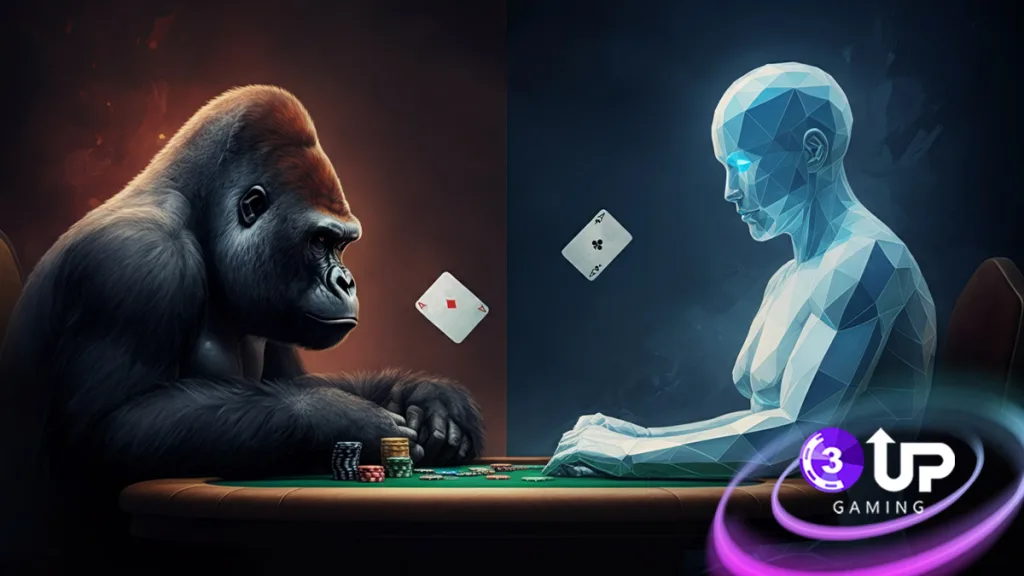
This is the basic conflict between the human heart and the machine learning bluff prediction. When we look at human vs AI poker psychology, the differences get clear. We, humans, are complicated.
Sometimes, being under pressure and affected by cognitive bias lead us to make emotional decisions. But AI is free from this emotional load and plays poker GTO perfectly. This advantage usually causes the question “Can AI beat poker pros?” to end in favor of machines.
However, this perfect logic of the machine can be considered as its weakness. A creative and illogical move by a player can still confuse AI, because it breaks the statistical models that machines rely on. The key point? In other words, human abilities to do unpredictable and creative things are their last defense in human vs AI poker psychology.
| Trait | Human Player | Artificial Intelligence |
| Decision-Making | Intuitive, Emotional, Bias-driven | Calculated, Statistical, Consistent |
| Vulnerability | Tilt, Boredom, Fatigue | Pattern Exploitation |
| Adaptability | Slow but Creative | Instantaneous but Limited to Data |
Implications for the Security & Fairness of Online Poker
The emergence of advanced poker bot behavior analysis is a mixed bag. We see that, at the same time, these systems also develop what are in fact “good bots” that detect cheaters and remove unauthorized tools. At the same time, we have a large issue of fairness. That’s why sites invest a lot in security to keep integrity, which highlight issues present in online poker security today.
Are there any poker bots that play from analysis of players’ behavior?
No, now, all legal online poker sites have banned using third party tools for real-time analyzing of opponents.
What is the issue that platforms have in detecting advanced AI?
What we see is the problem of identifying the difference between skilled players and a complicated AI in online poker security which is unknown yet. Both of them play perfect and correct poker.
Can AI Out-Bluff a Human?
We’ve looked at detection, what about once the AI is in play? Does an artificial intelligence poker system do a great job at bluffs against a pro human player? Yes, it does, but only in a GTO (Game Theory Optimal) sense.
The AI will put in a bluff when the numbers say to do so, which in turn balances out its range perfectly. What it does is put in a mathematical sound bluff, but it lacks that human element. The AI has no fear of failure, it just goes with what the math says which is the best play. This also means the AI’s play while may be perfect GTO is very much a known factor which is an issue in poker AI bluff detection.
A human, on the other hand, is able to add that which is hard to put into a model. While the AI’s strategy may not be beaten by traditional methods, what we see is that human perception and the ability to pick up on the small tells still out perform pure math in the heat of the moment. Which is why we still see that debate play out as to whether can AI beat poker pros in all scenarios.
How Players May Adjust to AI Integrated Tables
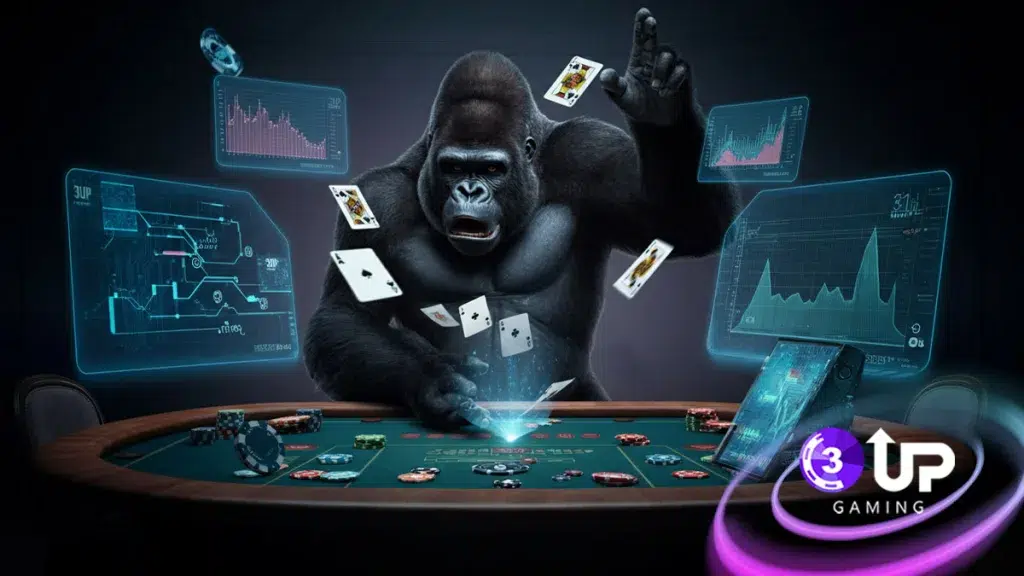
The game has turned a corner but the good news is we can adapt. Poker AI bluff detection, as a rule, your best bet is to destroy the predictability of your play. Here is very action oriented advice on how players may adapt to improved AI and in turn empower themselves:
- Randomize Your Timing: Stop always taking the same time for the same actions. Differ in your play between when you call snap and when you fold.
- Vary Bet Sizing: Avoid the strict size charts. Put out the unusual, non-GTO pieces to throw off the algorithms.
- Introduce Noise: Use out of the ordinary plays. By on purpose adding in the unexpected, you make it so that even the most advanced AI has a hard time recognizing what is going on.
This in turn prevents the machine from answering can AI predict bluffs in poker for your plays.
Reclaim control; that which is human is your best asset.
Future of Poker AI Research
What’s next? In the labs, the arms race is at full speed. In terms of poker AI we may see greater use of deep neural networks which in turn will try to model human intent and do strategic impression.
This means the coming AI poker breakthrough in poker may be less about raw power and more about strategy, machines will learn to play more like humans in order to out think human players. At the end of the day, this research is what is setting the standard for artificial intelligence poker.
This forces constant evolution. The key takeaway is that the battle is an ongoing one which requires constant adaptation. Stay informed, stay unpredictable, and stay ahead.
FAQ: Can Poker AI Predict Your Bluff?
- Can AI tell when a player is bluffing?
Yes, but only in a statistical sense. It determines the chance of a bluff out of data anomalies and deviation, not intent. It is very precise, but, can AI predict bluffs in poker always? Not always. - What data does poker AI use to play against bluffs?
It uses out of the box digital info which includes action timing, bet size consistency, past player performance, and also what deviates from the GTO which we use for poker bot behavior analysis. - Does which works in live poker or just online?
What we see is that which works online and that is in that environment which provides the precise and automatically logged data the algorithms require. In live play, this tech is not practical. - Are poker bots that which analyze players’ behavior allowed?
No, they are not. The use of third party tools (RTA/Bots) for real time opponent analysis is totally against what all major sites’ terms, which also includes issues of fairness and AI in online poker security. - Can human players still come out on top in games of poker against AI?
Yes they can. Humans’ edge comes from creativity, our ability to quickly adapt, and by adding an element of the unpredictable, which in turn breaks up the AI’s statistical models. - Will play out prediction make poker less exciting?
No, it does the opposite and raises the skill floor. What we see is that which of the machines’ tells to read and how to best outplay them becomes the challenge which adds a great strategic depth which in turn makes high level poker very thrilling. - How can players protect against AI analysis?
In terms of destroying predictability is key in the future of Poker AI. To achieve this, players should randomize action times, vary bet size more often, and also include unforeseen moves that in turn do not allow for the development of a definite pattern by the poker AI.

